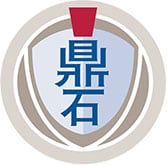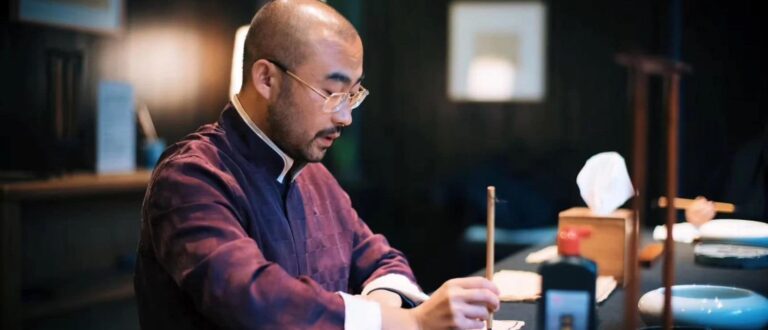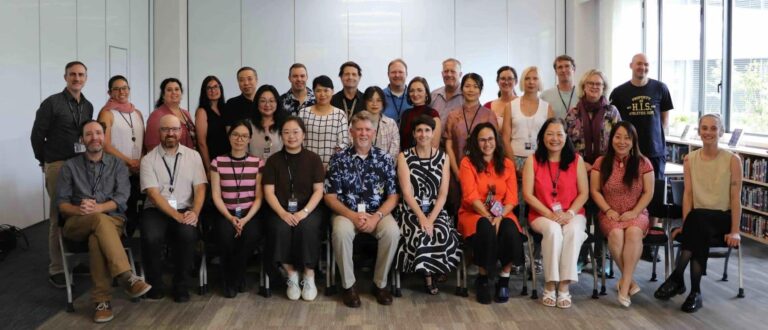The Forbidden City is more than just a historic monument or a cultural center; it represents time itself. Since its inauguration during the reign of the Yongle Emperor in the Ming Dynasty, the imposing imperial palace has witnessed significant world events in its 600-year history.
Also known as the Purple Forbidden City or Zǐjìnchéng, the palace had been off-limits to commoners due to the belief that it was the terrestrial residence of the emperor—or the son of Heaven. The palace is located at the nadir of the zǐ (lit. “purple” and refers to Polaris or the North Star), whose surrounding celestial region forms the zǐwēi yuan or the Purple Forbidden Enclosure. Ancient Chinese astronomers believed this enclosure in the northern skies was the heavenly abode of the Celestial Emperor and his family.
Today, people from all walks of life can enter the Forbidden City—now called the Palace Museum—to marvel at its architectural splendor and cultural heritage that are all seemingly frozen in time. We rely on ancient texts, preserved artifacts, and rich imagination to revisit the imperial palace’s glorious past.
What does the 600-year history of the Forbidden City mean for us?
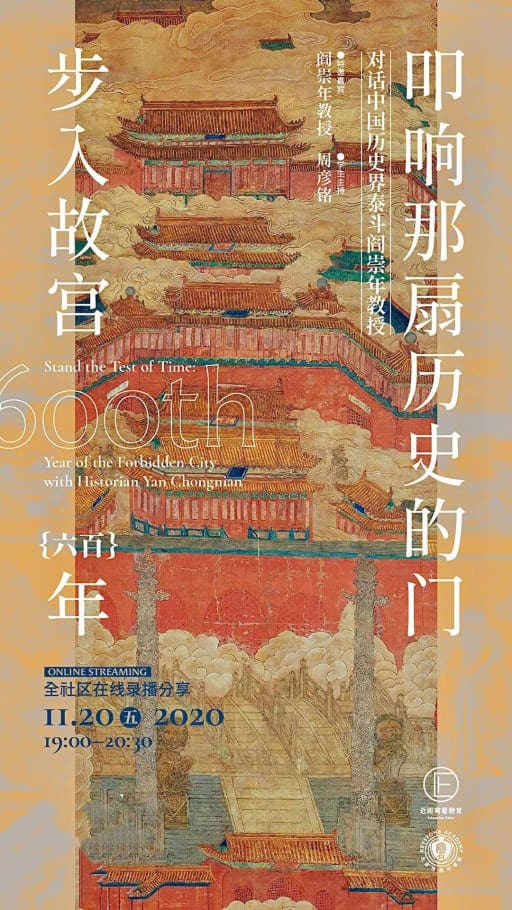
In November 2020, the Keystone Education Salon invited renowned Chinese historian Yan Chongnian to speak about the enduring legacy of this historical wonder.
In this session, Professor Yan recounted his research experiences into the Forbidden City for more than 70 years and entering the Palace Museum complex more than a thousand times. Professor Yan shared a way of viewing the monument to transcend time and space—through the “Eye of Heaven.” The historian also interacted with Keystone students during a dialogue, giving them deep insights into the vibrant 600-year history of the Forbidden City.
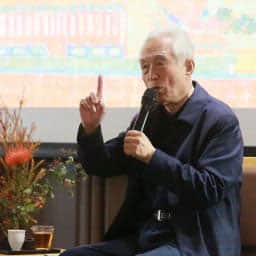
About the Speaker: Yan Chongnian
Yan Chongnian is a researcher at the Institute of Manchu Studies at the Beijing Academy of Social Sciences. A distinguished Chinese historian, Professor Yan has been one of the guest speakers of CCTV’s Lecture Room. The Beijing Municipal Government conferred upon Professor Yan the title of Expert with Outstanding Contributions, enjoying special allowances rewarded by the State Council of the People’s Republic of China. He has published more than 250 papers on Manchu and Qing history. He won the China Copyright Industry Lifetime Achiever Award in 2018.
The Forbidden City, viewed from the “Eye of Heaven”
On the fourth day of the twelfth lunar month in the year 1420, the Yongle Emperor declared that the construction of the Imperial Palace in Beijing had been completed. He made the announcement to an audience of civil servants, military officials, and foreign envoys at the Fengtian Hall (now known as the Hall of Supreme Harmony).
From that day until now, 600 years have passed in history.
Every country in the world has magnificent museums. What status does the Palace Museum hold among world museums? I maintain that the Palace Museum should be listed as one of the world’s top five, alongside the British Museum in the United Kingdom, the Metropolitan Museum of Art in the United States, the Louvre in France, and the State Hermitage Museum and the Winter Palace in Russia.
We are fortunate to be able to celebrate the 600th anniversary of the completion of the Forbidden City. Not everyone can live until the next centennial.
In one of my speeches in a city in Guizhou, a reporter asked me, “Professor Yan, as a researcher studying the Forbidden City, how many times have you been there? You know, Beijing is so far from here. Have you visited it three times?” He seemed surprised.
As far as he is concerned, visiting the Palace Museum from Guizhou is a long travel for the first time, let alone three times. I told him that I had been there more than that.
“So, six times?” he asked. “More than that,” I answered. He stamped his feet and made up his mind. “Ten times, tops.”
“Way more than that,” I said.
“How many times exactly?” he insisted. “More than 1,000 times,” I replied. He was quite amazed. He wondered what I have learned from so many visits to the Palace Museum.
He politely requested me to talk about something that impressed me the most during my visits. It is the wisdom displayed in the Palace Museum that has impressed me the most.
So, I would like to share with you about learning wisdom from the Palace Museum. We want to see the Forbidden City with three eyes.
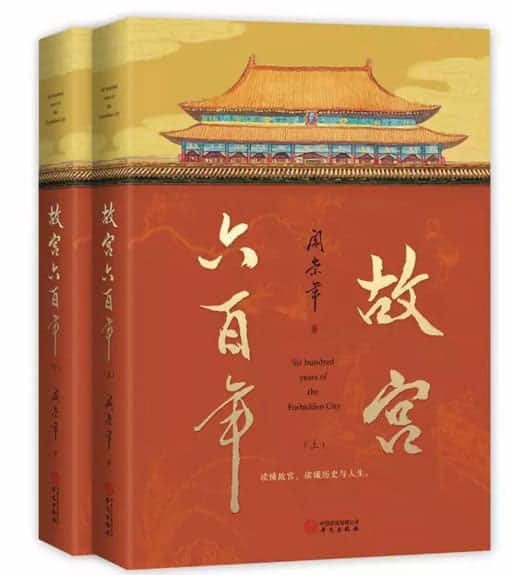
“The first eye” sees things: the buildings and their architecture, the three main halls, the palaces of the Inner Court, the six eastern and western palaces, the Qianlong Garden, the Palace of Compassion and Tranquility, the Hall of Literary Brilliance, the Hall of Martial Valor, and others. The jewels, porcelain, treasures, and other cultural artifacts are visible and tangible. These are what our “first eye” encounters when arriving at the Forbidden City.
What the “second eye” sees is less visible. It looks at the people who made up the history of the Forbidden City. They were the designers, builders, tenants, and guardians of palace buildings. From emperors and generals to eunuchs and maids, from cultural officers to foreign envoys, from artisans of all backgrounds to imperial families, they were all inseparable from the Forbidden City.
I can affirm that almost all prominent Chinese personalities in the past 600 years have had a direct or indirect bearing on the palace. The “second eye” helps us understand history creators by observing their legacy and surviving documents and relics.
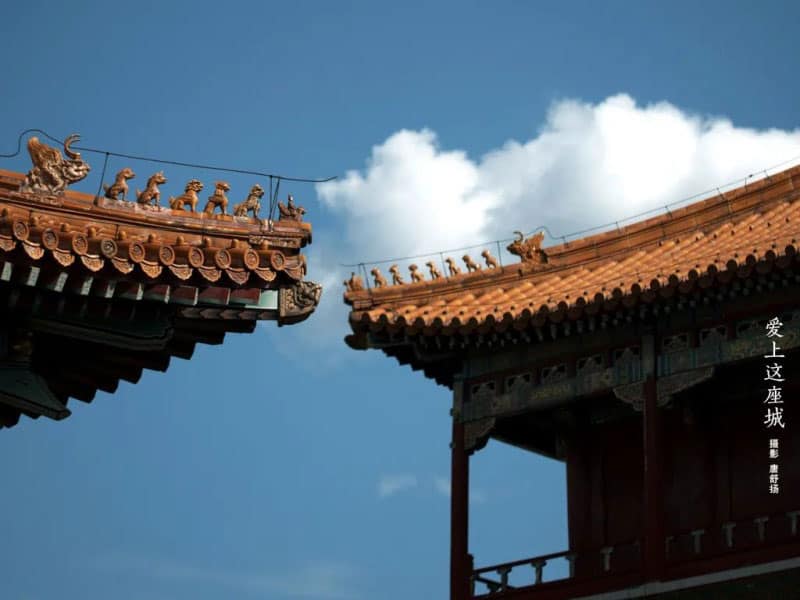
The third eye, which I call the “Eye of Heaven”, sees the spirit of the Forbidden City. It looks at the 5000 years of Chinese history, culture, art, and philosophy embodied and embedded in the Forbidden City.
We will focus on the “Eye of Heaven” and I will explain how to see the spirit of the Forbidden City through the stories of several historical figures.
Yan Chongnian’s Story 1: Scholar Wen Zhenmeng’s success is falling nine times and getting up ten
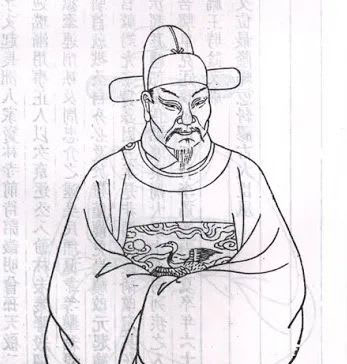
I see you, students of Keystone Academy, as young people with great aspirations. You all have clear goals, ambitions, and life plans for your future. But if you think about it, the road of life is not always easily recognizable. You can imagine all sorts of roads you may take in the next 10, 20, and even 30 years. But the truth is, the future may be quite different from what you think today.
I will share the stories of two intellectuals in ancient times. The first is about Wen Zhenmeng, who came from a well-educated family in Changzhou, Nanzhili (present-day Suzhou, Jiangsu). He became famous when he took imperial (or civil service) examinations for scholars, passing the county level at a young age. He successfully became a jǔrén, a candidate who passed the examination at the provincial level.
After that, Wen Zhenmeng went to Beijing from Nanjing and became a jìnshì or a candidate in the highest imperial examination. Though failing on his first try, he was not discouraged and went back home and returned to school. The jìnshì examination took place every three years. So, he returned to Beijing three years later and still did not pass. That was a big blow, and some people would have been heavily discouraged. But Wen took it for the third time and failed again.
He sat the exam for a total of nine times, spending 27 years of his life doing something that filled him with frustration and disappointment again and again.
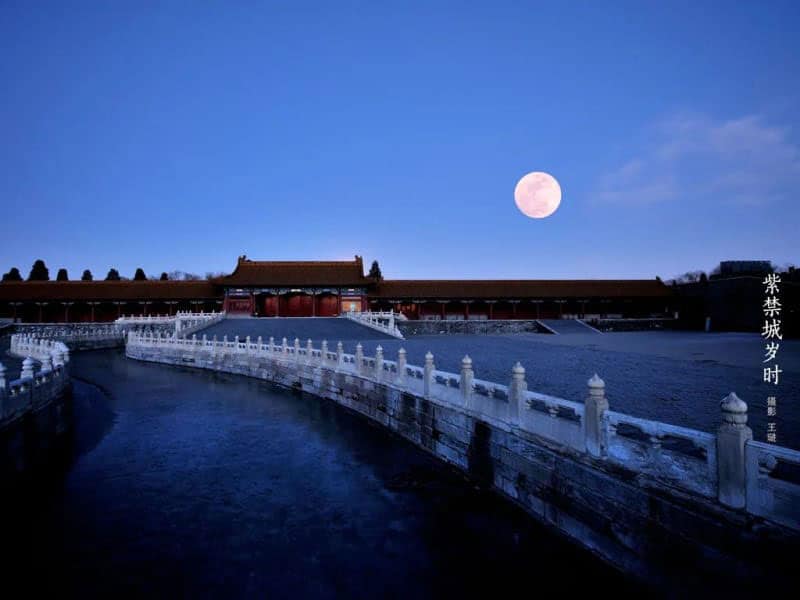
On his tenth try, at nearly fifty years old, he finally passed the test and received the distinction zhuàngyuan or Number One Scholar for topping the highest imperial examination. He was the eighty-second person in the Ming Dynasty who did so. Scholar Wen Zhenmeng was later appointed to a government role in Beijing and rose through the ranks. He eventually became a Grand Secretary.
Yan Chongnian’s Story 2: Calligrapher Jiang Heng carves his legacy on stone steles
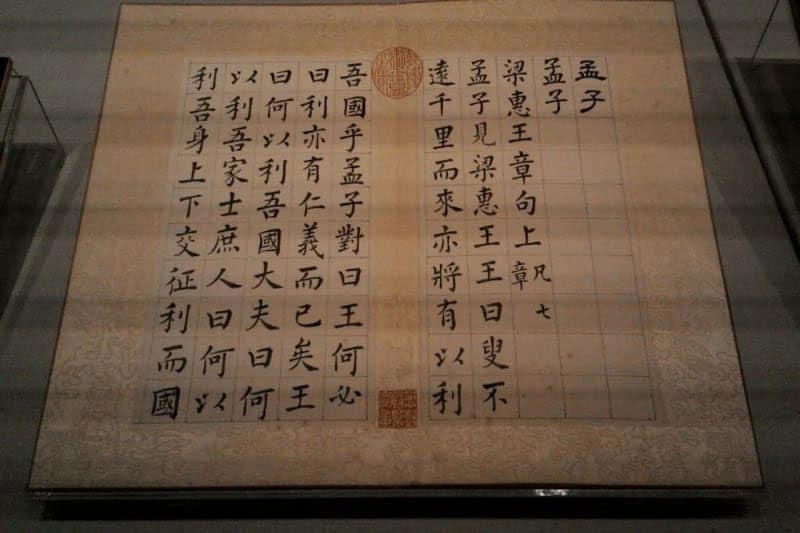
In the Qing Dynasty, there was a calligrapher named Jiang Heng. He was the opposite of Wen Zhenmeng as he gave up his official career after failing the imperial exam and instead studied calligraphy. He practiced day and night and consulted calligraphy masters everywhere.
Jiang Heng was inspired by the stele forest in Xi’an and determined to rewrite the thirteen classical scriptures or the Confucian classics. No calligrapher before had ever dared to do this—some did their best to write nine or twelve, but not the entire set.
Jiang Heng said he could do it. Since his home was not the best working place, he found a temple called Qionghuaguan in Yangzhou that provided him with food and humble accommodation.
Except for mealtime, Jiang Heng spent all his time writing calligraphy. He never went out of the temple, met any friends, or traveled. Nor did he go overseas. He stayed at the temple for 12 years, doing one task of writing the thirteen books that accounted for more than 600,000 characters, all in regular script.
Was Jiang Heng successful? Sure. But there is more than that.
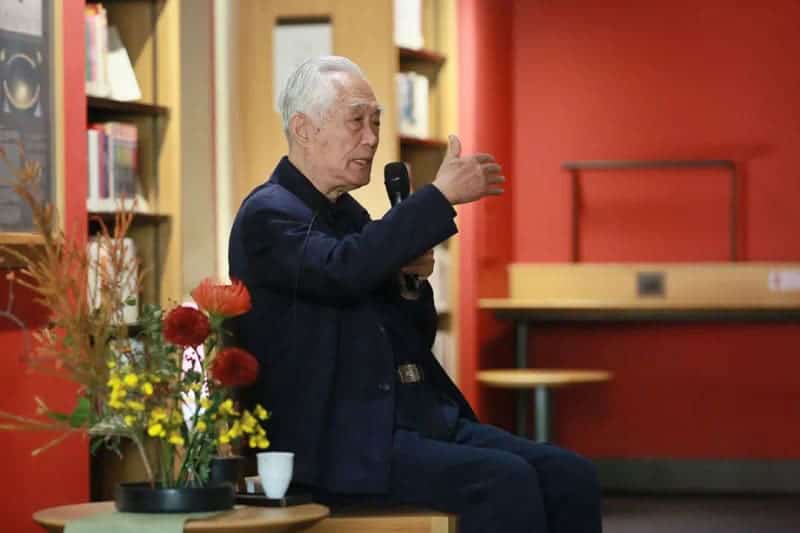
It was not an easy job to preserve such a big pile of calligraphy artwork, since it would likely be damaged if stored at home without professional protection. Fortunately, he met the right person. The first who helped Jiang Heng was a wealthy salt merchant who offered him 2,000 liǎng of silver (one liǎng is 50 grams, a liǎng of silver amounts to RMB 600-800 today). The salary of a county magistrate at the time was about 60 liǎng. It took a magistrate ten years to earn 600 liǎng. So, 2,000 liǎng was almost 30 years’ worth of salaries of a local magistrate.
Why did the salt merchant give him so much money? It was used for bookbinding, collecting his calligraphy writing into a thread-bound book. And that was not enough.
The second help came from the Jiangsu provincial governor. He reported Jiang’s story to the Qianlong Emperor, who became interested and asked Jiang to submit his work. The emperor was also a calligraphy enthusiast. He liked Jiang’s calligraphy and wanted to preserve it. But how? They thought of carving it onto stone, as a tablet and a stele.
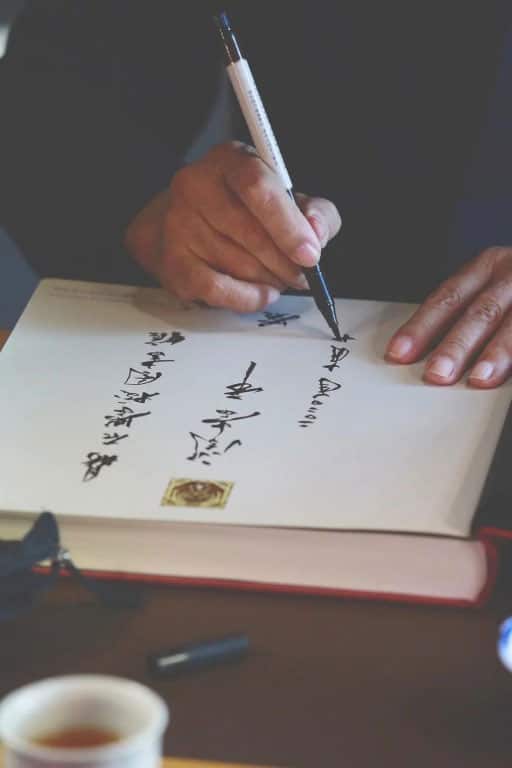
There were altogether 89 pieces, two meters high each. Emperor Qianlong wrote a preface and decreed to engrave the scriptures based on Jiang Heng’s calligraphy. The total collection of 90 pieces of stele is known today as the Qianlong Stone Stele.
The Qianlong Stone Stele is inscribed with 13 books of the Confucian classics from the Spring and Autumn and Warring States period to the beginning of the Western Han Dynasty. All 89 pieces of stone carved with a decree form a monument. The Qianlong Stone Stele is now stored in the Confucian Temple and Guozijian Museum in Beijing. Jiang Heng’s calligraphy artwork is considered a cultural heritage.
Wen Zhenmeng and Jiang Heng are both recorded in historical records of the Ming and Qing Dynasties. This is the truth that I realized through the Eye of Heaven. Their stories tell us that there are thousands of roads in life. If one path does not work, go to another one. All roads lead to Rome, as the saying goes. As long as you don’t get discouraged or disappointed, you can always reach Rome.
Yan Chongnian’s Story 3: Scholar-critic Xie Jin is not above reproach
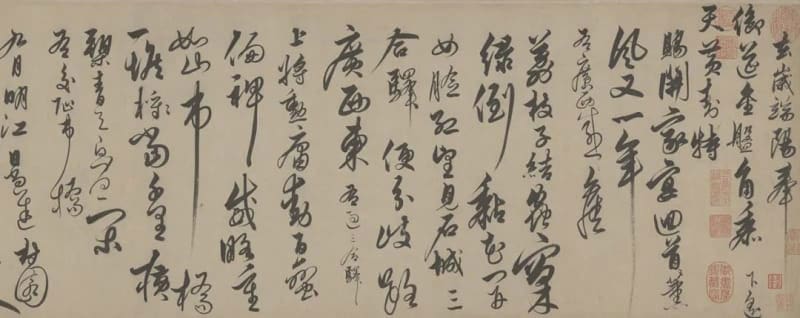
Next, I would talk about the art of speaking through the stories of two people.
In the Ming Dynasty, a very talented scholar named Xie Jin passed the imperial examination and obtained the title of scholar (jìnshì) at 19. It was a significant achievement.
Zhu Yuanzhang, or the Hongwu Emperor (1368-1398), knew Xie Jin’s father and offered the young man a job in the court, to be his personal secretary. It was a great honor for a young student like him. The emperor’s secretary had the prospect to serve the Grand Secretariat, the emperor’s teacher and the prince’s teacher in the future. Xie Jin accepted the offer.
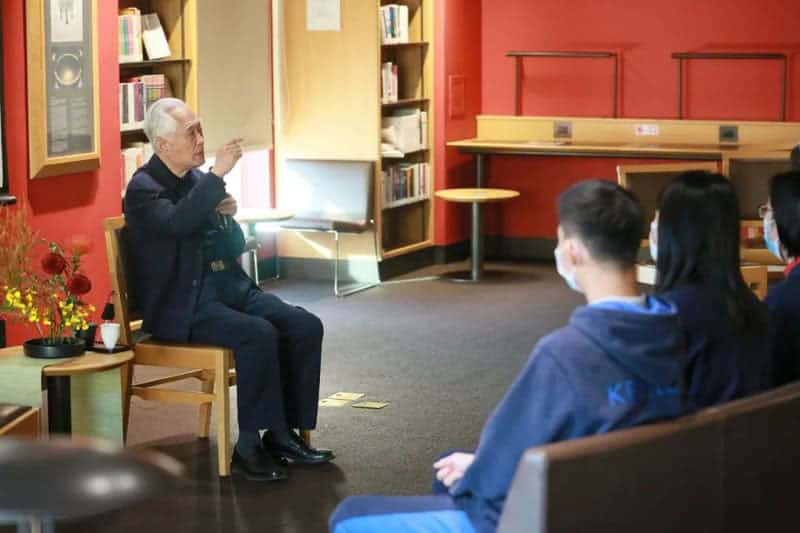
The emperor told Xie Jin that “I have always seen you as my own son, and I expect you to treat me as your father. “Since we are like father and son, you can confide to me and speak your mind.”
People said being close to the emperor was like being close to a tiger. When he asked for your opinion, you must ponder and weigh your words and expression. How do you put it?
Xie Jin misunderstood the emperor and abandoned rhetoric in his writing. He wrote Ten Thousand-Word Manifesto overnight, and handed it to the emperor. The writing was filled with complaints and criticism of the emperor’s rule. The emperor read this ten thousand-word accusation but refrained from giving Xie Jin a death sentence.
A few days later, Xie Jin wrote Ten Strategies for Peace, another list of suggestions, which were also a criticism of the emperor. The emperor directly summoned Xie Jin’s father to court and ordered him to bring his son back home for ten years. Before the tenth year, the Hongwu Emperor passed away. His son, the Yongle Emperor (1402-1424), succeeded to the throne.
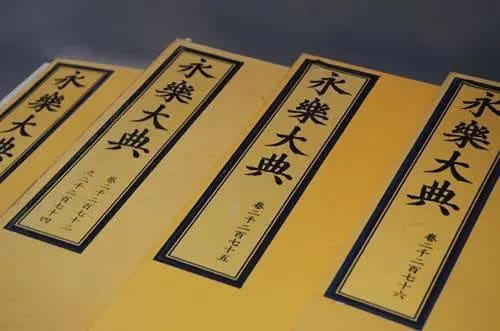
The Yongle Emperor knew Xie Jin was talented, so he asked him to serve as a hànlín or a member of the Imperial Academy. The emperor appointed Xie Jin to be the chief editor of the Yongle Encyclopedia. Xie Jin completed the compilation within a year. However, the emperor was disappointed after reading Xie Jin’s work and sent another chief editor called Yao Guangxiao to supervise the task. In the end, it took the editorial staff of over a thousand people five years to finish the compilation. The emperor was satisfied and wrote the preface to the Yongle Encyclopedia.
Later, Xie Jin served as the teacher for the princes. However, he was embroiled in a dispute by commenting on the succession line to the throne and opposing the emperor’s command to conquer Annan (or the southernmost province of the Tang Dynasty, and present-day northern Vietnam). He was imprisoned for several years.
One day, the Yongle Emperor saw the name of Xie Jin on the list of prisoners and asked the warden: “Xie is still alive?” His words were ambiguous, so the warden thought the emperor implied to execute Xie Jin. In the winter, the warden had Xie Jin drunk and left him standing in the snow. He was discovered frozen to death the following day. It was a tragic passing of a genius scholar, who died at the age of 47.
Yan Chongnian’s Story 4: Honorable Minister Luo Yuren talks his way out of court
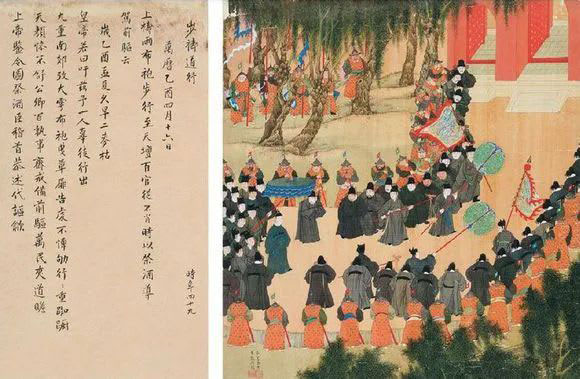
Here is the story of a person named Luo Yuren, a minister in the Ming Dynasty. The Wanli Emperor (1572-1620) was a recluse and alcoholic who paid little attention to government affairs. He had not been to the court for 20 years when Luo Yuren’s story happened.
Luo Yuren wrote a report to the emperor, accusing him of neglecting his duty by claiming poor health. After reading the report, the emperor became outrageous and summoned his grand secretaries to inner court.
The emperor laid in bed, feeling sick, asked the ministers about the plan to punish Luo Yuren. His most senior grand secretary and prime minister Shen Shixing answered: “My majesty, your resentment is beyond measure. But do not take it to heart. If you declare him guilty, you need to describe his offense by publishing the report that accuses you of indulging in wine, women, avarice, and pride. Once the report is released, it will draw public attention. His death is not to be regretted, but this will sabotage your royal majesty.”
The emperor realized that the issue was so tricky that he could neither punish nor execute this man. But he felt humiliated and was not willing to let Luo Yuren get away with this. He ordered the prime minister to find a way to settle the issue.
The prime minister told the other imperial officials about his plan. Later, the prime minister talked to Luo Yuren, informing him of the emperor’s displeasure. He suggested Luo Yuren to write a report about his poor health and request to return home. Although Luo Yuren was banished and escaped punishment, his report was recorded in the historical archives.
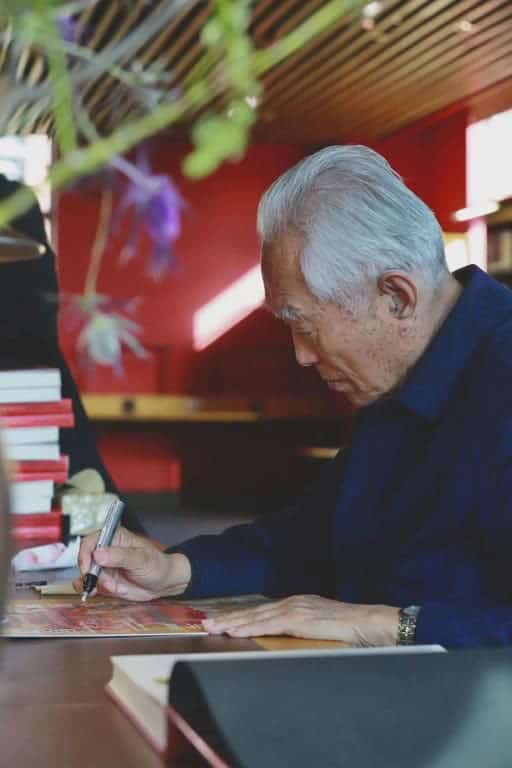
Shen Shixing, as a grand secretary, could not publicly take Luo Yuren’s side at the cost of damaging the royal majesty. But neither could he stick to the emperor and hurt the feeling of his colleagues. In the end, the emperor was satisfied because his dissident had been defeated and banished from the court. The emperor approved of Shen Shixing’s solution, and so did the officials and Luo Yuren, who was grateful because he got a decent return.
To sum up, this was the art of speech, referring to the way we talk. Before we talk, we should think it over and try to be more considerate and tactful.
The Forbidden City has so many stories to tell. It has stood for 600 years. I firmly believe its charm can sustain another 600 years. Every time I visit, I discover something new about it. I hope you, my dear young friends, can visit the Palace Museum and see through the Eye of Heaven to learn about its intangible wisdom. May history bring you more inspiration and make you a wise person with an enriched experience. I wish you great success in the future and may you take the road to a happy life. Thank you!
Dialogue with Historian Yan Chongnian
Hosted by eleventh-grader Hank Zhou
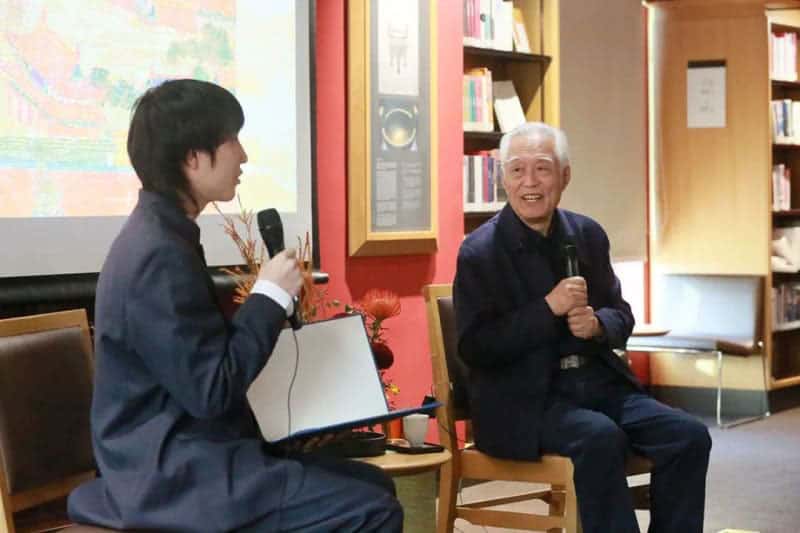
Huang Zhan(Grade 11) & Zuo Chunxi (Grade 11): In the 600-year history of the Forbidden City, what is its most noteworthy aspect?
Prof. Yan: The Forbidden City is not only an epitome of the history of the Ming and Qing Dynasties. It is, more importantly, the embodiment of 5,000 years of Chinese civilization. It demonstrates the convergence of history and culture over time. First of all is its architectural style. Chinese architecture is different from that of the western world.
Both types are distinctive, yet they have their own merits. Take the eagle for example. However strong one wing is, the eagle needs a pair of wings to soar. If we liken palace structures and art of the west to one wing of the eagle, and the oriental architecture to the other, only by spreading both wings can the eagle of world civilization fly into the sky.
I believe we should balance and learn from each other’s technology to make the world a better place, for human wisdom and civilization.
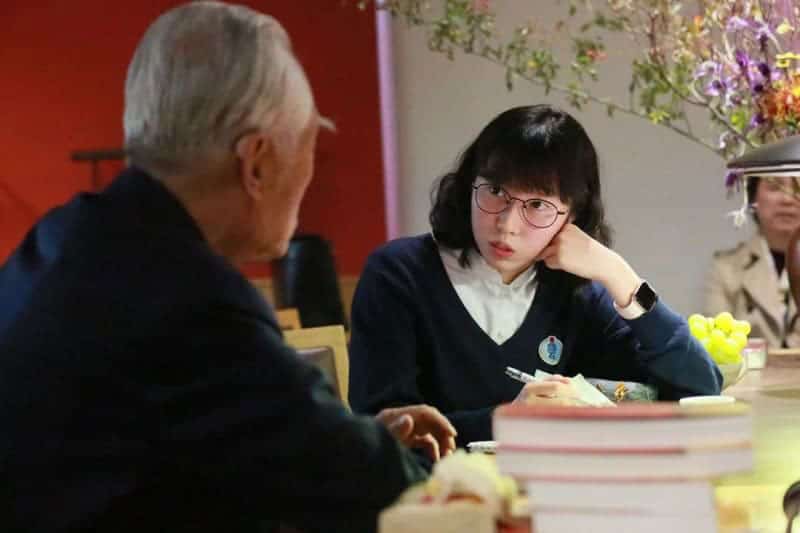
Wang Yutong (Grade 10) and Wei Xizhe (Grade 10): We noticed that the Forbidden City contains various signs of cultural integration, such as Taoist features and Tibetan Buddhism architecture. What meaning does China’s multiethnic culture give to the Forbidden City?
Prof. Yan: In my recent book Forest Empire, I propose that the Chinese civilization is composed of five cultural forms: the farming culture, the grassland culture, the forest culture, the plateau culture, and the oceanic culture. Their convergence, exchange, integration, and evolution constitute the main content of the history of Chinese civilization. The Central Plains farming culture has always been the core subject.
The third cultural form—the forest culture—is a creative idea born out of my research. In the past years, scholars and experts believed that the northeast and northwest followed the grassland culture and nomadism. I have been to Hulunbuir, Xilin Gol, Ordos, and Alxa. I have traveled from what is now the easternmost and westernmost parts of Inner Mongolia, covering 2,400 kilometers.
After a long field investigation, I conclude in Forest Empire that northeast China is of the forest culture and not of the nomadic or the grassland culture. The entire northeast region, including the north of Heilongjiang and the south of Stanovoy Range, is covered by lush forests. This unifies the farming, grassland, and plateau cultural forms.
These cultural forms are reflected in the Forbidden City. For example, courtyard houses in the farming culture embody the architectural concept of enclosure. The Great Wall is a fortification strategy, and so are the Forbidden City, the imperial city, and the entire Beijing city. Having fortifications gave the Hongwu Emperor of the Ming Dynasty a sense of security.
The grassland culture emphasizes horseback riding and archery, so there is a dedicated pavilion where emperors and princes practiced mounted archery in the Forbidden City. The backside of the Belvedere of Literary Profundity or the Wenyuan Ge resembles a helmet of Manchu mounted warriors from the Eight Banners (or the military divisions).
The Tibetan culture of the Ming Dynasty also entered the imperial palace. The Beldevere of Raining Flowers or the Yuhua Ge and the Palace of Eternal Harmony or the Yonghe Gong have ox-horn-style architecture often seen in Tibetan architecture.
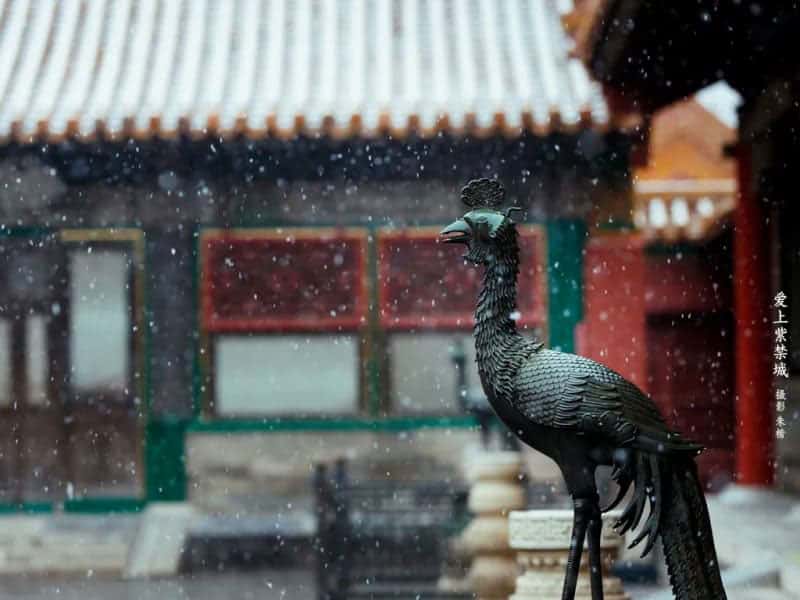
However, there are hardly any signs of the oceanic culture in the Forbidden City. It is regrettable that most rulers in ancient Chinese history, from Qin Shi Huang, the first emperor of China, to the Xuantong Emperor, neglected the oceanic culture. When the Age of Exploration began in Europe around the 15th century, there was still no oceanic culture in the Qing Dynasty. There was not even a proper naval army in Chinese history.
So, except for the oceanic culture, the Forbidden City integrated the essence of Chinese history, through its four major cultural patterns.
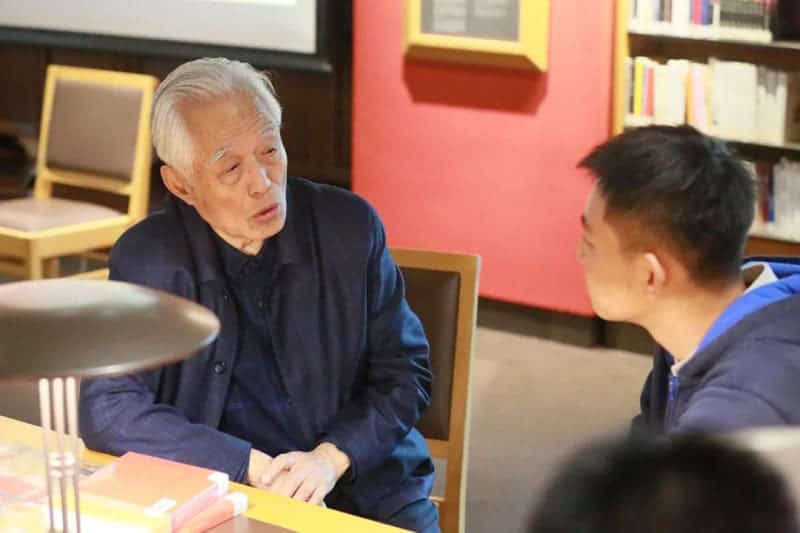
Hank Zhou: In our studies at Keystone, we actually often use Chinese and Western comparisons and contrasts to understand the eastern culture. Apart from this, what other approach do you recommend us to take to understand the Forbidden City so we can strengthen our cultural and Chinese identity?
Prof. Yan: Cultural differences result from the long-term development in history. Despite these, we learn from each other and make up for each other’s deficiencies. This is why I compare the Chinese and western culture to the wings of an eagle. It takes two wings to fly. And we can make more achievements by cooperating with each other.
I firmly believe in the exchange and integration of Chinese and western culture to pursue mutual development. We can find evidence of cultural exchange in imperial history, too. In the reign of Emperor Wan Li, the Italian Jesuit Matteo Ricci arrived in Beijing. He brought with him a world atlas and various modern ideas. In the Qing Dynasty, algebra, geometry, physics, and chemistry were introduced to China. The Palace Museum still houses a three-dimensional geometric model made by the Kangxi Emperor using mahogany.
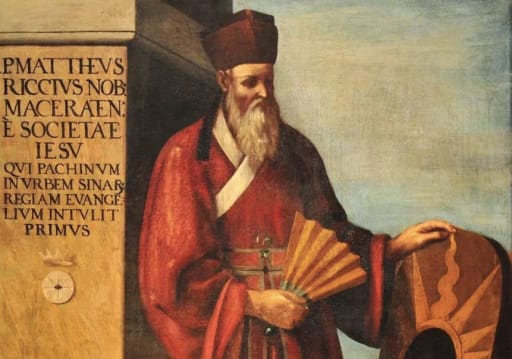
In addition, look at the name of the three main halls in the Forbidden City: the Taihe (the Hall of Supreme Harmony), the Zhonghe (the Hall of Central Harmony), and the Baohe (the Hall of Preserving Harmony). The east gate of the Palace is called Xiehemen (the Gate of Blending Harmony), while the west is called Xihemen (the Gate of Glorious Harmony). It is worth considering why the emperor favors the word hé 和 (lit. “harmonious”). The Chinese people value harmony by establishing amicable social relationships and by pursuing peaceful coexistence among different nations.
Harmony brings about peace and security. If you pay attention to the Palace gates— Tian’anmen in the south and Di’anmen in the north, Dong’anmen in the east and Xi’anmen in the west, together with the two-side entrance in front of Tian’anmen, Change’an Left Gate and Chang’an Right Gate—you will find the character ān 安 (lit. “safe”) repeatedly used.
The names were given after careful consideration of historical records. As the Forbidden City sat at the center, it stood for central harmony and peace. Being at the center brings about harmony and peace, between the emperor and his court, between the state and its households, and among different nationalities too. In this way, society is stable. A lack of harmony causes contradictions. When there are conflicts, there will be sides, and even fights to take.
This shows the basic principle and public feelings of the Chinese nation has had over the past 600 years: being at the center, pursuing harmony and peace, and staying fair and just.
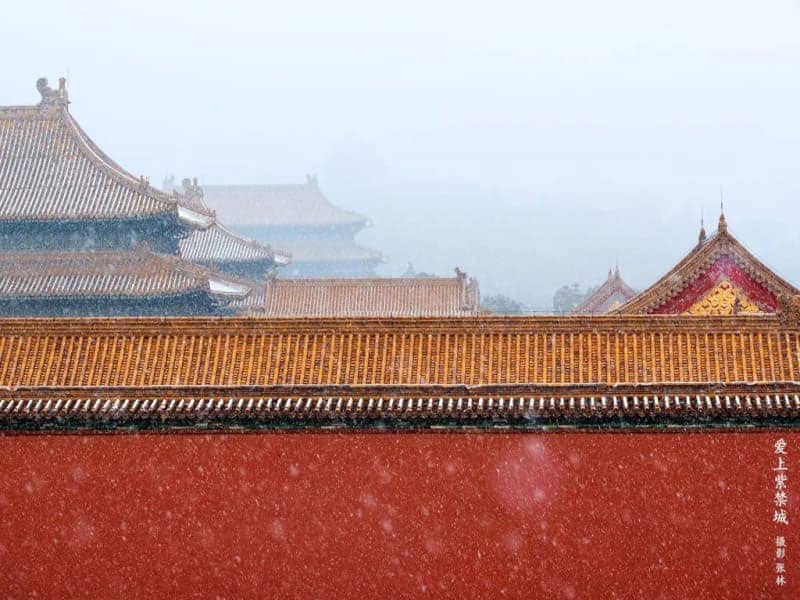
About the Keystone Education Salon
As a charitable and educational dialogue brand initiated and organized by the Keystone Office of Marketing and Communications, the Keystone Education Salon series is more than just a school activity. These intellectual and artistic gatherings aim to nourish the inquiring minds of learners of all ages on our campus through discussions with distinguished speakers, scholars, and guests from various disciplines. We published the first anthology of the series, titled We Are from the Infinite Void in October 2020. This publication documents the thinking processes, collision of ideas, and spontaneous exchanges in ten select salons from 2014 to 2019 so they will be remembered forever.

